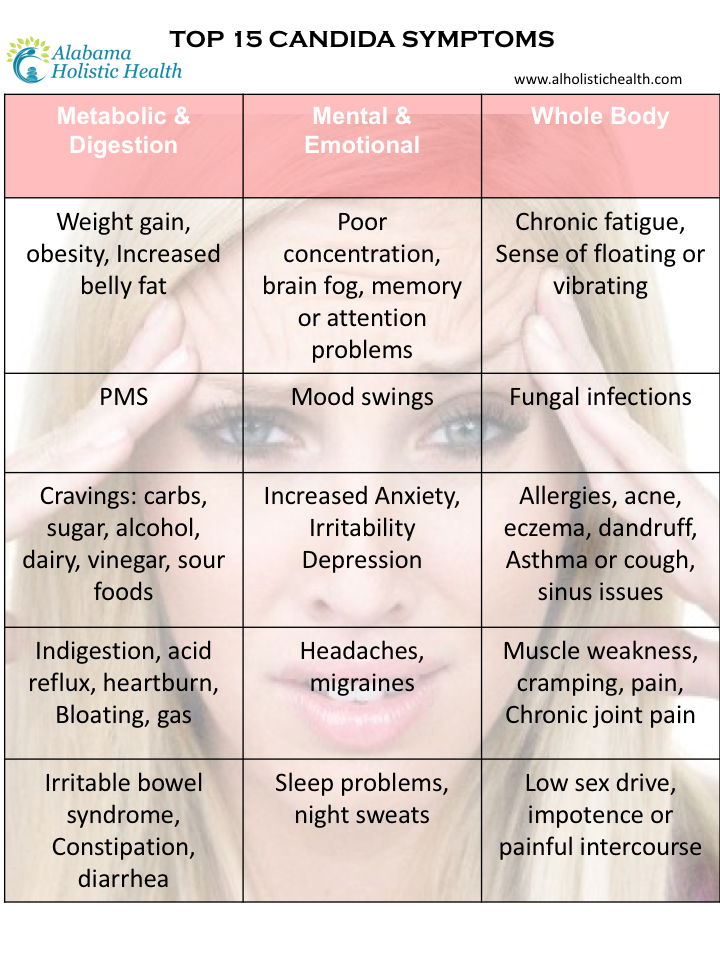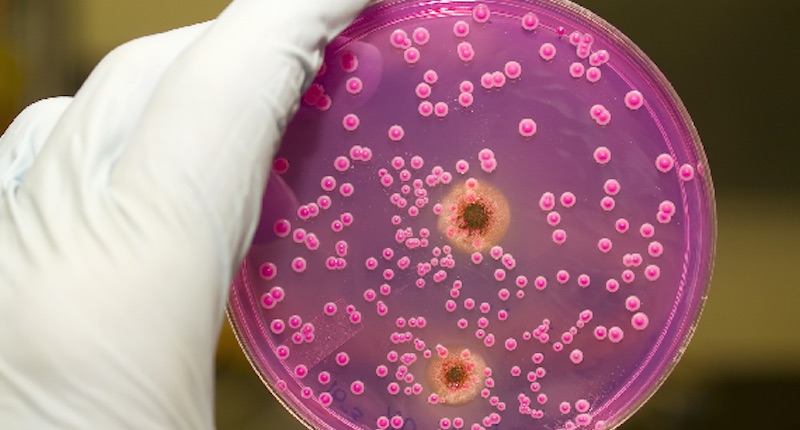

Classic symptoms of oral Candidiasis include the appearance of whitish, velvety plaques on the mucous membranes of the mouth and tongue. Candida is commonly called thrush, and if left unchecked for a period in the mouth, it can spread to the pharynx and the esophagus and cause severe symptoms such as erosions and ulcerations of the tissues.ĭoctors can typically diagnose Candidiasis simply by looking in the mouth or the back of the throat, but a sampling of the white overgrowth may be scraped easily from the surface and sent to a lab for positive identification.

The whitish portion is not firmly attached to the underlying tissue, and can actually be wiped or brushed off. Left unchecked by antifungal drugs it can actually become several millimeters thick. The clinical picture of Candida appears as white raised spots/areas which have underneath an infected red base. Using an extreme example, such as a person with HIV/AIDS, Candidiasis begins in the oral cavity, then has escalating symptoms in the esophagus and descending into the gastrointestinal tract, finally into organ mycosis and when in the blood system, it is finally called Candida sepsis. When the delicate balance of normal and abnormal bacteria is disturbed, an overgrowth of this fungus may occur. Dry mouth (xerostomia), upsets the balance of microorganisms in the oral cavity. Damage to the mucus membranes and to the salivary glands also allow for Candida colonization. (Sort of the miners canary.) When antibiotics are used, there is a flip-flop in the balance of the natural occurring flora in the mouth (and elsewhere) where the normal flora is damaged by the antibiotic therapy to the advantage of the fungus, which then blooms. Yeast infections such as Candida were recognized centuries ago as an indicator of much larger underlying diseases such as diabetes mellitus, malignant tumors, and chronic infections. has a lowered ability to keep them in check, and is a prime candidate to have an outbreak of Candida. Someone who is compromised by radiation treatments, antibiotic therapy, AIDS/HIV, corticosteroid treatment etc. The outbreaks of acute episodes where these fungi “bloom and take over” are not due to a change in the fungi, (they are with us all the time in limited numbers) but due to a change in the hosts’ immunologic defense mechanisms.
#Candida yeast overgrowth skin
In people they are common, and usually harmless companions of our skin tissues, and live as inhabitants of our mucous membranes in our mouth, vaginal tract etc.

Fungi are part of the world of plants, not bacteria, and there are about 100,000 distinct types of them. This is particularly true of those which are saprophytes (they live by eating dead tissue instead of living tissue), because of their opportunistic behavior towards the altered/compromised condition of their host. Yeasts have become increasingly significant as pathogens in all fields of medicine. Candida, (Candida albicans) is a fungal disease.


 0 kommentar(er)
0 kommentar(er)
